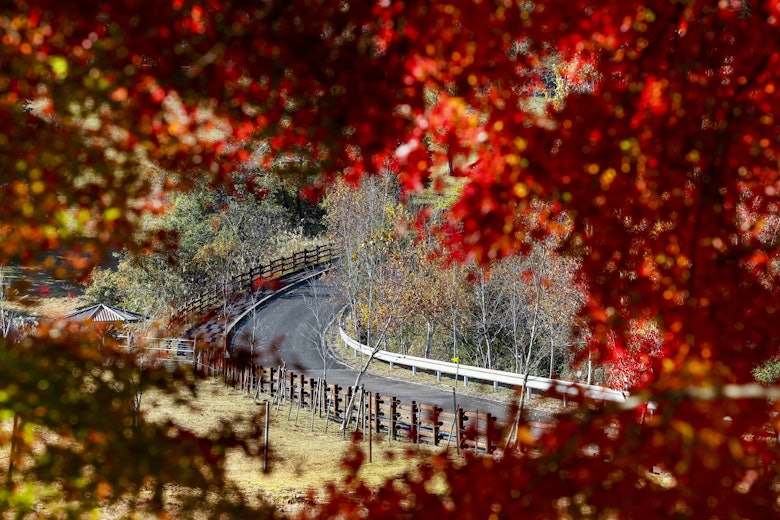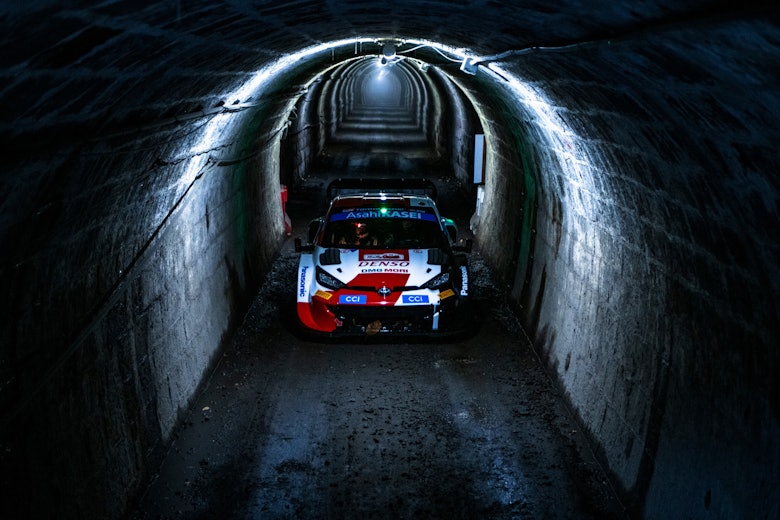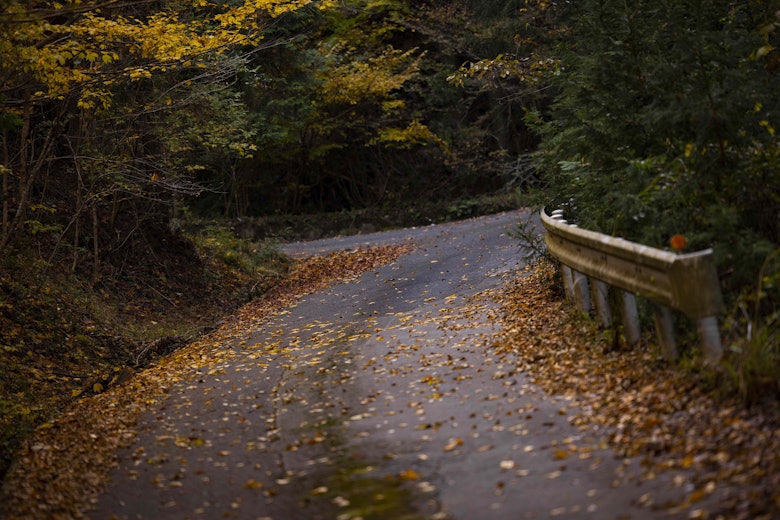This year’s Rally Japan certainly made an impact and generated plenty of storylines, with Dani Sordo’s Hyundai i20N Rally1 car going up in flames, not to mention the civilian car that made it on to a live stage.
At times the rally was chaotic, often due to incidents caused by drivers, but the stages themselves also played a part.
Breaking away from the usual style of asphalt stages we have become accustomed to seeing, with fairly wide and flowing roads, Japan’s tests were the opposite.
The stages were long, twisty and incredibly narrow. Drivers just never got a break with the number of sinuous turns they faced.
But although the stages provided the ultimate endurance test for drivers, the nature of the roads also caused issues for the rally itself.
With the roads being so narrow it meant that if there was an incident on the stage, it almost inevitably meant that the stage would be disrupted in one form or another.
Cars simply couldn’t pass each other in most areas, and where they could, it wasn’t exactly safe.
Reflecting on the event, Toyota’s Jari-Matti Latvala thinks that this is something that needs to be changed for next year and beyond.

“Well, if I think about the Friday, they are a bit too narrow,” Latvala explained to DirtFish.
“Because the problem is if somebody has an accident, what we saw then they will get blocked.
“It’s like, yes, you can have narrow sections, but if they are too long narrow sections then the risk goes higher if the road is blocked. So, I think they are a bit too technical.
“If you want to have these narrow sections, they need to be shorter and try to keep the rally a bit more in the wider roads where it’s basically if something goes wrong, at least allows cars still passing.”

The time interval between the cars starting also played into part of the problem.
Several drivers picked up punctures throughout the weekend, but it wouldn’t take long before the car behind caught up the crew in front who were changing a wheel, again causing some close moments.
As a result, the interval between cars was switched from two minutes to three mid-way through the rally, and this is something that Latvala thinks should remain in place on all rallies in the future, especially when considering how small the Rally1 field is compared to other classes.
“One other thing was that with the punctures because there were only two-minute intervals this was not good in the beginning of the rally because they were so narrow there was no space to stop to change,” Latvala said.

“And then Ogier was in a little bit of a dangerous situation when he was changing the tire when Breen was coming. It was a close call with the door. But luckily then it was going for the three minutes.
“So, events like this, these little things are important that we have to… overall for Rally1 we don’t have so many cars, I would keep always the three minutes and then two minutes for the Rally2.
“Then there’s some other little topics, but I don’t want to go for them because I don’t know the information enough about what happened on this car thing. So there is some more information we need to know more.
“But yeah, I know these people here in Japan they really want to improve, and I am sure they will improve for the next year.”






